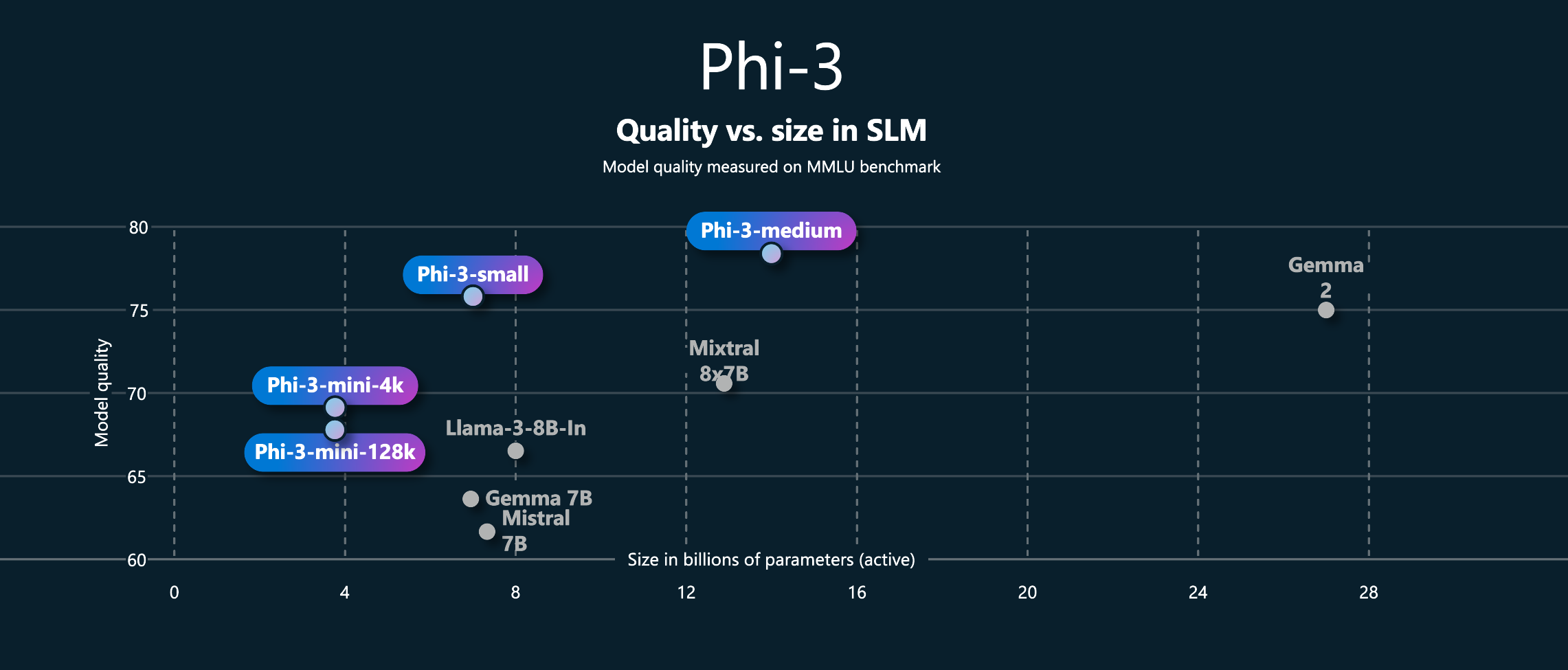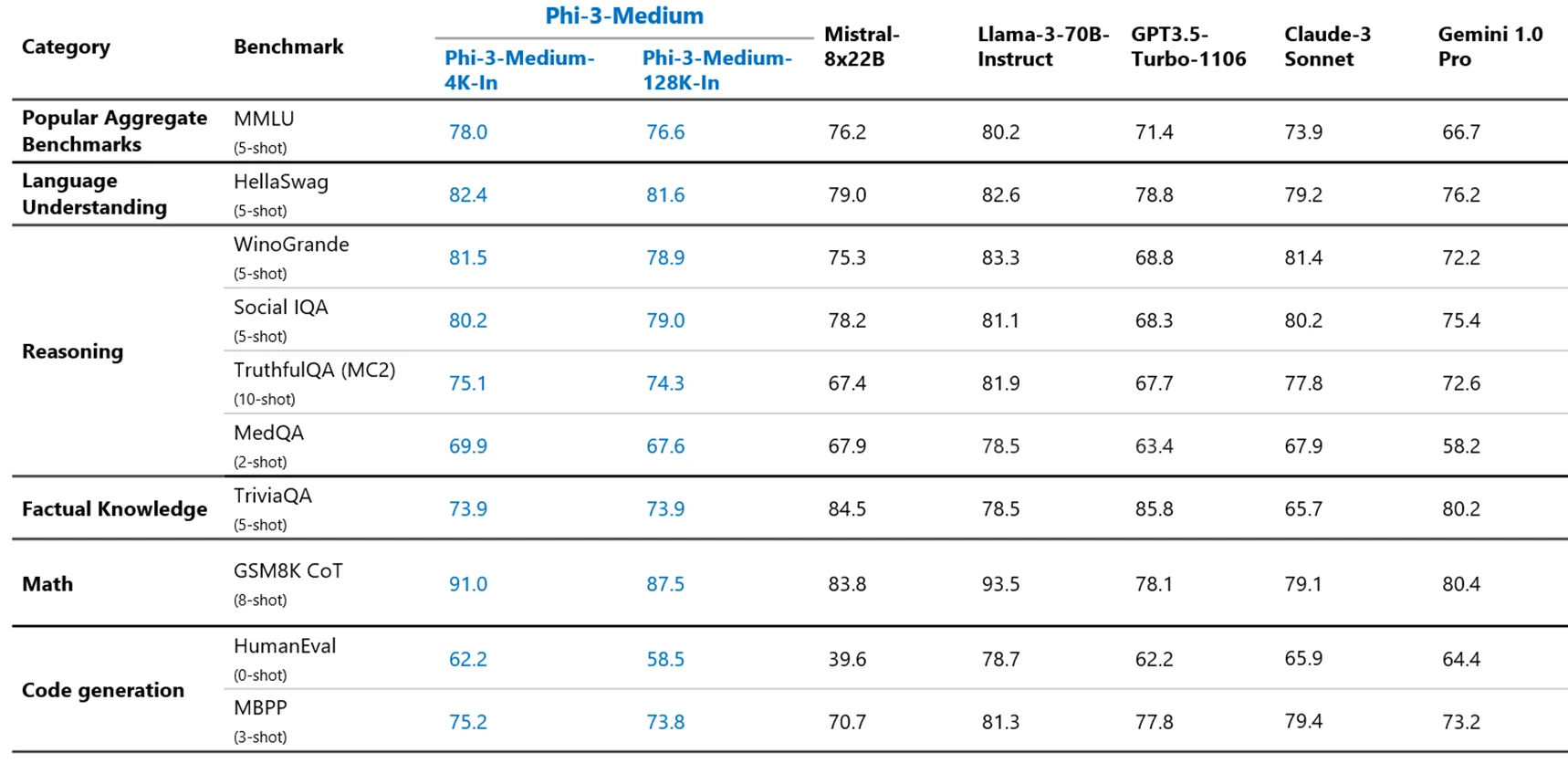
AI Library

AI Library
The rapid advancement of artificial intelligence (AI) continues to redefine the boundaries of technology, and one of the most exciting developments in this space is the Phi-3 family of models developed by Microsoft. Released recently at the Microsoft Build 2024 conference, Phi-3 represents cutting-edge AI capabilities, blending high performance with compact design, suitable for a variety of applications. This article delves into the specifics of the Phi-3 models, including their architecture, intended uses, training methodology, and ethical considerations.
The Phi-3 family consists of several models, each tailored for distinct applications:
Whether you need a model for lightweight tasks or more complex analytical applications, the Phi-3 family provides viable options that leverage extensive reasoning abilities while maintaining optimal computational efficiency.
The Phi-3 models are designed with varying parameter sizes to accommodate different applications:
The Phi-3 Mini model, boasting 3.8 billion parameters, is engineered for lightweight applications without sacrificing performance. It excels in tasks such as:
Its design enables it to provide prompt and reliable outputs in environments with limited computational resources.
Phi-3 Medium steps up with 14 billion parameters, enabling it to handle more complex tasks demanding deeper reasoning abilities. Its applications include:
With its performance surpassing benchmarks, including Gemini 1.0 Pro, this model is a powerful tool for developers looking to implement sophisticated AI features.
Introducing the Phi-3 Vision model, which integrates both language and visual processing capabilities. With 4.2 billion parameters and a robust architecture, it is ideal for:
This versatility makes Phi-3 Vision a go-to solution for multimodal applications.


The Phi-3 models are built on a dense decoder-only transformer architecture, with a focus on supervised fine-tuning (SFT) and direct preference optimization (DPO). These training techniques ensure alignment with human preferences, enabling the models to generate high-quality text effectively.
With 3.3 trillion tokens utilized in training from diverse sources, including publicly available documents and synthetic educational data, the Phi-3 family demonstrates robust performance across various benchmarks.
Microsoft is committed to developing responsible AI. The Phi-3 models incorporate important ethical considerations:
Developers are urged to adhere to responsible AI practices and ensure compliance with applicable laws and regulations.
The Phi-3 family of AI models represents Microsoft's dedication to advancing technology in practical, high-performance ways. With a range of models facilitating numerous applications from simple language tasks to complex reasoning and multimodal capabilities, Phi-3 stands as a robust choice for developers eager to harness the power of AI.
To explore more on how to download and run the Phi-3 models on your computer, visit the following guide: Run Phi-3 model on your PC.